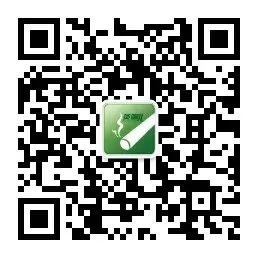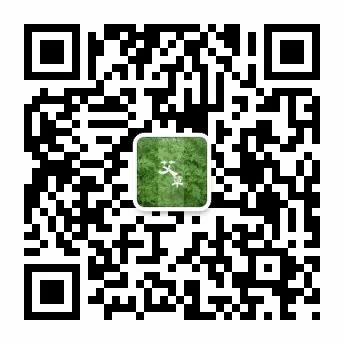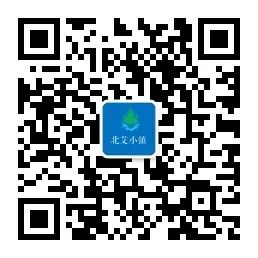Source|China Traditional Chinese Medicine News
Author|Zhu Guang, Henan University of Traditional Chinese Medicine
The concepts of cold and heat in Traditional Chinese Medicine (TCM) are abstracted from specific phenomena, reflecting the interaction between the human body and material or environmental factors. Therefore, understanding cold and heat cannot be based solely on quantitative indicators but should be contextualized within the theoretical framework of TCM.
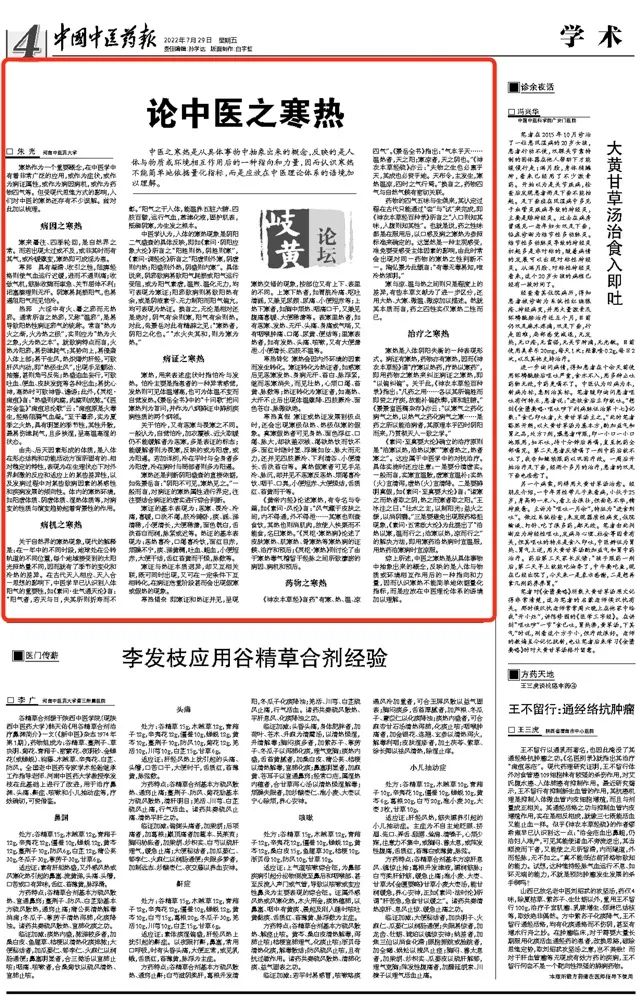
As an important concept, cold and heat have extensive applications in TCM, serving as symptoms, disease attributes, causes and mechanisms, or the four qi (properties) of medicinal substances. However, influenced by modern ways of thinking, there are many misunderstandings about cold and heat in TCM. This article aims to clarify these concepts.
Causes of Cold and Heat
Cold and heat, as natural phenomena, are part of the cyclical changes of the seasons. When there is excess or deficiency, or when the timing is inappropriate, or when there are sudden changes in temperature, cold and heat can become harmful.
Cold Pathogen has a nature of stagnation and contraction, obstructing the meridians, which slows the circulation of qi and blood, leading to pain when there is blockage; it constricts the qi mechanism, causing muscle and joint stiffness; and it closes the pores, resulting in no sweating. Yin cold can deplete yang qi and can also obstruct yang qi, leading to a fear of cold.
Heat Pathogen includes fire and summer heat among the six excesses, but does not include heat pathogens. Generally, what is referred to as heat pathogens, also known as “warm pathogens,” is a collective term for pathogenic qi that easily leads to yang-heat diseases. It is often said that “heat is the gradual increase of fire, and fire is the extreme of heat,” but it should actually be understood as “heat is the manifestation of fire, and fire is the essence of heat.” In terms of pathogenic characteristics, fire heat is a yang pathogen that easily injures fluids and depletes qi; it tends to rise and can invade the upper parts of the body; it can easily generate wind, and excessive heat can scorch the liver meridian, leading to internal wind, which manifests as tremors of the hands and feet, convulsions, or even opisthotonos; excessive heat can force blood to move erratically, causing various types of bleeding such as hemoptysis, hematochezia, and skin purpura; it can disturb the spirit, and during high fever, it can lead to delirium; additionally, the “Lingshu: Abscesses and Carbuncles” states: “Excessive heat causes flesh to rot, and rotting flesh leads to pus.” The “Medical Canon of the Golden Mirror” states: “Abscesses and carbuncles originate from fire toxicity, obstructing the meridians and coagulating qi and blood.” As for summer heat, it is the heat of summer, which has a clear seasonality, characterized by rising and dispersing, easily injuring fluids and depleting qi, often accompanied by dampness, presenting a state of high temperature and high humidity.
The constitution formed by both congenital and acquired factors is a relatively stable characteristic inherent in the human body in terms of structural form and functional activity, manifested as certain differences in response and adaptation to external stimuli under physiological conditions, as well as susceptibility to certain pathogenic factors and tendencies in disease progression. The internal cold and heat environment, such as yang deficiency constitution, yin deficiency constitution, and damp-heat constitution, plays a background role in the nature and evolution of diseases.
Mechanisms of Cold and Heat
Regarding the cold and heat phenomena in nature, modern explanations state that during different periods of the year, the Earth is in different positions in its orbit, receiving varying amounts of sunlight and heat, thus resulting in seasonal changes and temperature differences. Influenced by the ancient philosophy of the correspondence between heaven and humanity, TCM has long recognized the importance of yang qi in the human body. As stated in the “Suwen: On the Vital Energy Connecting Heaven”: “Yang qi is like the sky and the sun; if it loses its place, it will shorten life and not manifest.” Yang qi in the human body can nourish the five organs and six bowels, circulate qi and blood, transform fluids, protect the skin, and resist yin cold, serving as the root of growth and development.
TCM believes that the phenomena of cold and heat in the human body are specific reflections of the rise and fall of yin and yang qi, as stated in the “Suwen: On the Correspondence of Yin and Yang”: “When yang is strong, it is hot; when yin is strong, it is cold,” and in the “Suwen: On Regulating the Menstrual Cycle”: “When yang is deficient, there is external cold; when yin is deficient, there is internal heat; when yang is excessive, there is external heat; when yin is excessive, there is internal cold.” Specifically, yin pathogens can lead to the depletion of yang qi or obstruction of yang qi’s movement, or if yang qi is inherently deficient, it may lack the ability to warm and transform, all of which can manifest as cold syndromes; yang pathogens can lead to an excess of yang heat, or if yin fluids are inherently deficient and unable to restrain yang, yang qi may become excessive, manifesting as heat syndromes. In other words, whether relative or absolute, an excess of yin qi results in cold, and an excess of yang qi results in heat. In this regard, Zhang Jingyue has insightful remarks: “Cold and heat are transformations of yin and yang.” “When water and fire lose their harmony, it results in cold and heat.”
Symptoms of Cold and Heat
Cold and heat, when used to describe symptoms, refer to the sensations of cold and fever. The fear of cold primarily refers to an abnormal sensation experienced by the patient, while fever can be observed as an increase in body temperature or a subjective feeling of heat without a change in temperature. The “Complete Works of Jingyue” lists the inquiry about cold and heat as the first question, serving as two guiding principles for distinguishing the nature of diseases in the eight principles of TCM.
Regarding the fear of cold, there is a distinction between aversion to cold and fear of cold. Generally, it is believed that if the sensation of cold persists despite adding clothing, covering oneself, or warming by the fire, it is termed aversion to cold, which is often a sign of an exterior syndrome; if it can be alleviated, it is termed fear of cold, reflecting either yang deficiency or yang obstruction. If further differentiated, cold experienced during normal times and throughout the body is often due to yang deficiency, while cold experienced during illness and in specific areas is often due to yang obstruction.
Cold and heat are also direct indicators for assessing the rise and fall of yin and yang, as Zhang Jingyue stated: “Yin and yang are not visible, but cold and heat reveal them.” Generally, determining the cold and heat attributes of a disease requires a comprehensive judgment that combines the deficiency and excess of the disease.
The basic manifestations of cold syndrome include: aversion to cold, fear of cold, cold pain, preference for warmth, lack of thirst with a bland taste, cold limbs curled up, clear and thin phlegm, clear and long urine, loose stools, pale complexion, pale tongue with white and moist coating, and a tight or slow pulse. The basic manifestations of heat syndrome include: aversion to heat, preference for coolness, thirst with a preference for cold drinks, red face and eyes, restlessness, yellow and thick phlegm, hemoptysis, hematochezia, short and red urine, dry and hard stools, red tongue with yellow and dry coating, and a rapid pulse.
Cold and heat syndromes are fundamentally different yet interrelated; they can appear simultaneously and can transform into one another under certain conditions. In critical stages of disease, false cold or false heat phenomena may even occur.
Mixed Cold and Heat refers to the simultaneous presence of cold and heat syndromes, presenting a phenomenon of alternating cold and heat, which can vary by location, showing differences between upper and lower, exterior and interior. For example, upper cold and lower heat may present as cold pain in the stomach, vomiting clear phlegm, along with frequent urination, painful urination, and short red urine; upper heat and lower cold may present as heat and discomfort in the chest, sore throat, and dry mouth, along with abdominal pain relieved by warmth and loose stools. Exterior cold with interior heat may present as aversion to cold, fever, no sweating, headache, body aches, or shortness of breath, along with sore throat, thirst, yellow urine, and constipation; interior cold with exterior heat may present as fever, headache, cough, along with loose stools, clear and long urine, and cold limbs.
Transformation of Cold and Heat can occur due to internal and external environmental factors. Cold syndrome transforming into heat syndrome may present as aversion to cold and fever, absence of sweating, white coating, and tight pulse, followed by the disappearance of aversion to cold and the emergence of strong heat, restlessness, thirst, yellow coating, and rapid pulse; heat syndrome transforming into cold syndrome may present as high fever and continuous sweating, followed by a sudden drop in body temperature, cold limbs, pale complexion, and a weak pulse.
True and False Cold and Heat When cold or heat syndromes develop to extremes, false appearances of cold resembling heat or heat resembling cold may occur. True cold with false heat may present as body heat, flushed face, thirst, and a large pulse, yet the patient desires to cover themselves, feels thirsty for hot drinks but cannot drink much, and may have a fluctuating red face, a large but weak pulse, along with cold limbs, clear diarrhea, clear and long urine, and a pale tongue with white coating. True heat with false cold may present as cold hands and feet, a deep pulse, yet the patient does not feel aversion to cold but rather aversion to heat, thirst with a preference for cold drinks, dry throat, bad breath, short and red urine, dry and hard stools, red tongue, and yellow coating.
The “Huangdi Neijing” discusses cold and heat with specific names and chapters, such as the “Suwen: On Wind” stating: “Wind qi is stored between the skin and flesh, unable to communicate internally or leak externally… When it is cold, it weakens appetite; when it is hot, it consumes muscle, causing people to feel cold and unable to eat, known as cold and heat.” The “Lingshu: Cold and Heat Diseases” discusses the symptoms, treatment, and prognosis of cold and heat diseases affecting the skin, muscles, and bones; the “Lingshu: Cold and Heat” discusses the causes, mechanisms, and prognosis of scrofula caused by the retention of cold and heat toxic qi in the meridians.
Medicinal Properties of Cold and Heat
The “Shennong Bencao Jing” states that medicines have four qi: cold, heat, warm, and cool. The “Complete Works of Jingyue” points out: “Qi originates from heaven… Warm and hot are the yang of heaven; cold and cool are the yin of heaven.” The “Shennong Bencao Jing Shu” also states: “All things must receive from heaven for their birth, and must rely on the earth for their formation. Heaven issues commands, governing growth, with cold, heat, warmth, and coolness being the qi of the four seasons.” In other words, the four qi of medicines are closely related to natural climatic conditions.
The four qi and five flavors of medicines are innate, and their identification process in ancient times could only be completed through “tasting” and “testing,” as stated in the “Shennong Bencao Jing: Record of One Hundred Medicines”: “By tasting, one knows its flavor; by entering the stomach, one knows its nature.” This means that the properties and flavors of medicines are determined after consumption, using taste and the cold and heat of the disease as reference standards. This is evidently a subjective experience, inevitably influenced by the subjective factors of the perceiver, leading to frequent discrepancies in the judgment of the cold and heat properties of the same medicine. Tao Hongjing lamented: “It is easy to know whether something is toxic or not, but the distinction of cold and heat must be clear.”
The difference between cold and cool, warm and hot is merely a matter of degree; some herbal literature further distinguishes them using terms like great heat, great cold, mild warmth, and mild coolness. However, in essence, the four properties of medicines are fundamentally just cold and heat.
Treatment of Cold and Heat
Cold and heat are manifestations of the imbalance of yin and yang in the body. Diseases have cold and heat, and medicines also have cold and heat; thus, the “Shennong Bencao Jing” states: “Treat cold with hot medicines, treat heat with cold medicines,” meaning to use the cold and heat properties of medicines to correct the cold and heat of diseases, or “to correct the bias with the opposite bias.” Regarding this, the “Shennong Bencao Jing: Record of One Hundred Medicines” states: “All medicines… should be used according to their strengths to treat diseases, thus able to supplement the bias and rectify the deficiencies, harmonizing the organs.” The “Jingyue Shishi Yigao” also states: “Use cold medicines to transform the heat of disease, and use hot medicines to transform the cold of disease… This is the principle by which medicines can treat diseases, originating from the yin and yang of the four seasons, embodying the unity of heaven and humanity.”
The treatment principles established in the “Suwen: On the True Essentials” are “treat cold with heat, treat heat with cold”; “cold is treated with heat, heat is treated with cold.” This belongs to the antagonistic treatment in TCM. In specific implementation, attention should be paid to: first, distinguishing between deficiency and excess. Generally, real cold should be warmed and dispersed, while deficient cold should be warmed and tonified; real heat (fire) should be cleared and drained, while deficient heat (fire) should be cleared and lowered. Second, distinguishing between true and false, as stated in the “Suwen: On the True Essentials”: “Those who are cold and yet hot should take from yin; those who are hot and yet cold should take from yang.” Wang Bing’s commentary states: “Strengthening the master of water to control yang; benefiting the source of fire to eliminate yin shadows.” Third, avoiding the phenomenon of drug rejection, the “Suwen: On the Great Principles of the Five Constants” proposes a solution: “Treat heat with cold, and take it warm; treat cold with heat, and take it cool,” meaning that when using cold medicines to treat heat diseases, they should be taken warm, and when using hot medicines to treat cold diseases, they should be taken cool.
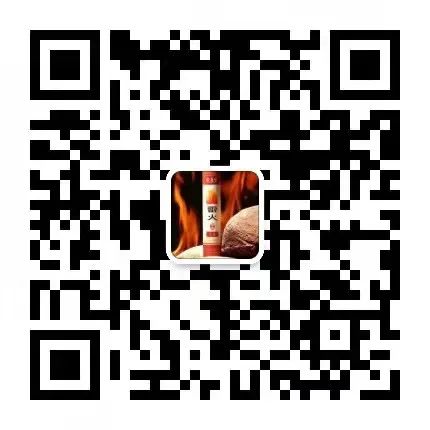 Follow and subscribe for more knowledge on moxibustion and health preservation
Follow and subscribe for more knowledge on moxibustion and health preservation
